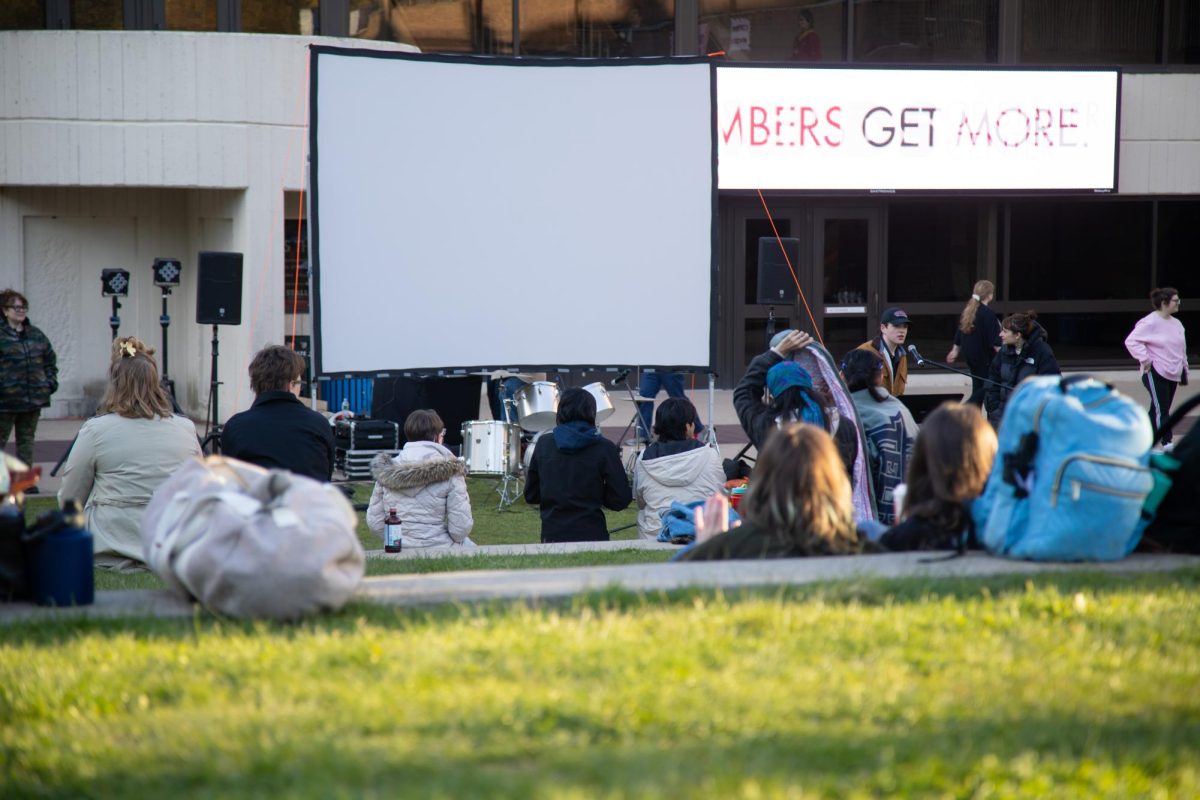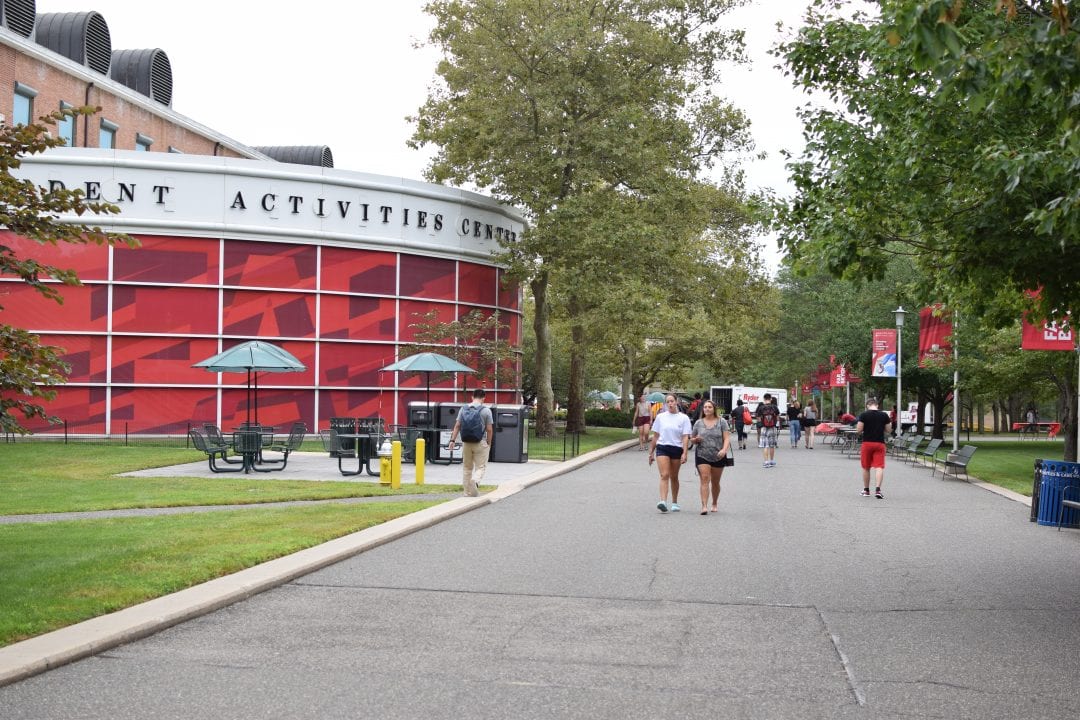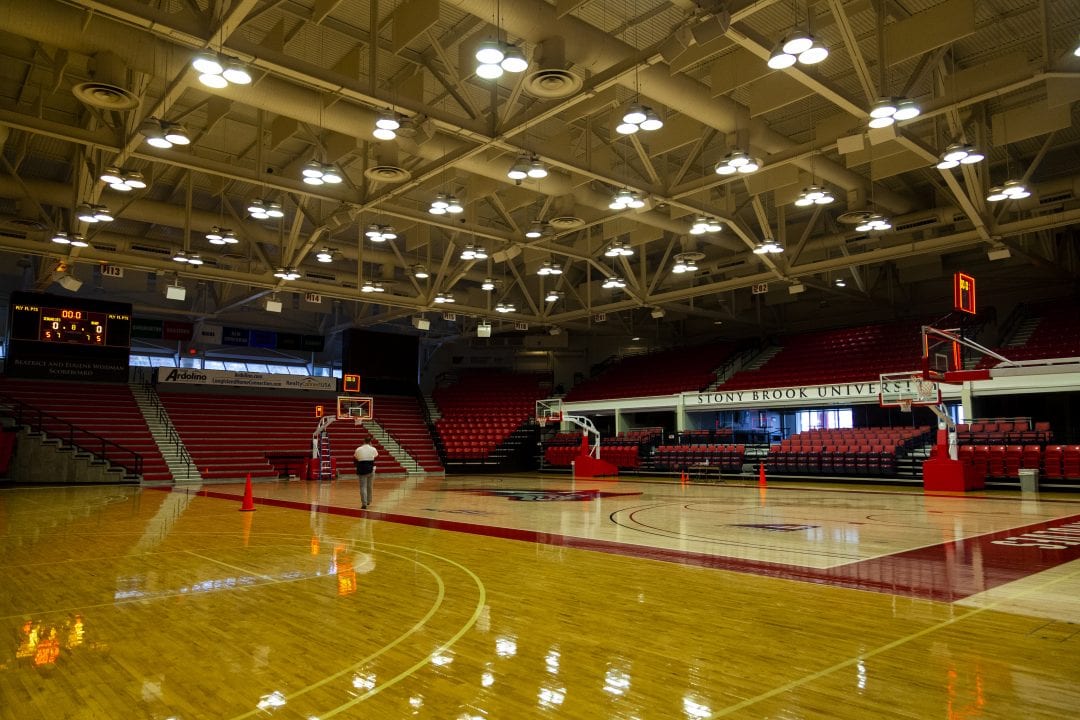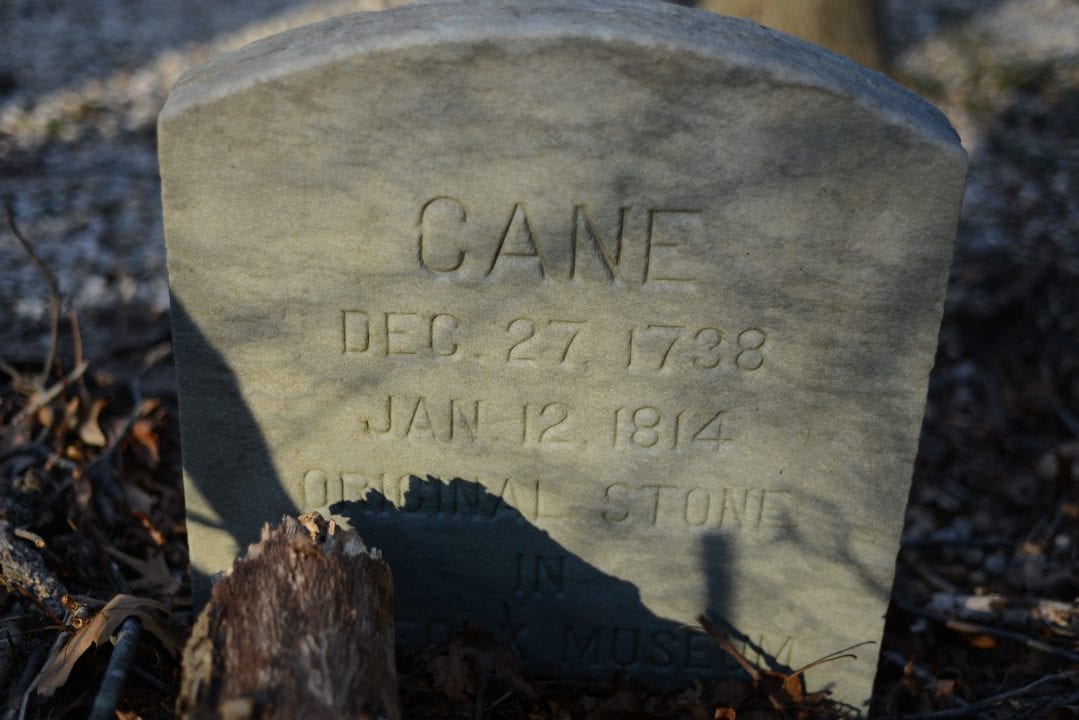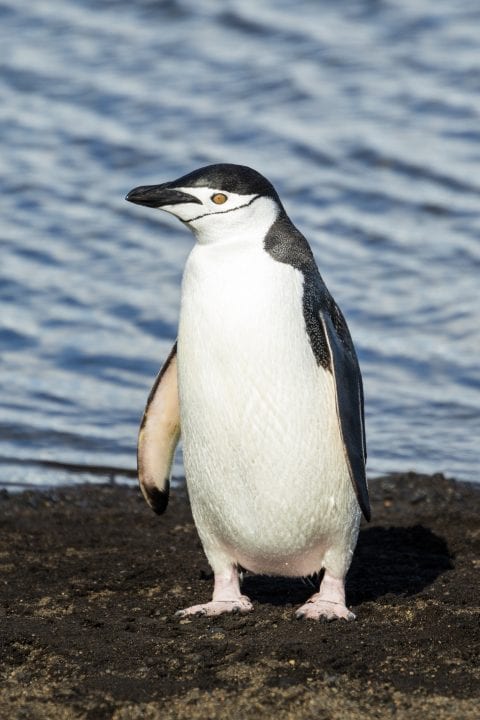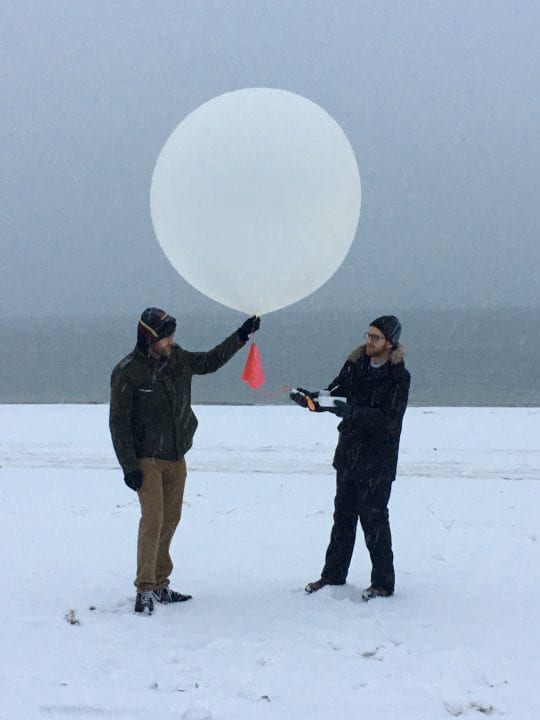From the left came a parade of wheel chairs, walkers and wet suits. From the right, a collection of able-bodied Stony Brook students. Both sides existed to achieve “minor miracles.”
Next came laughter, splashing, shrieks of joy and more splashing. The pool deck flooded with enthusiasm. While under close supervision, a synergy was taking place between the participants and the instructors in training.
The Adapted Aquatics program at Stony Brook University is a highly specialized training program. It is designed to teach university students to adapt aquatic and therapeutic skills to the needs of people with severe physical and multiple disabilities through hands-on interaction.
Peter Angelo’s persistence to develop this program into an academic course that allows students to receive a variety of credentials, licenses and certifications while doing hands on coursework is what makes this program an ongoing success. The progress of the disabled participants and the blossoming of the university students fire his passion to continue to direct this program, even after 46 years.
“If I lose my enthusiasm, it is time to hang up my bathing suit,” said Angelo, the director of Adapted Aquatics and Emergency Response Programs.
The program began as a pilot program in 1966 for the Suffolk County Red Cross and was meant to determine the feasibility of creating an Adapted Aquatics program in a university setting. This attempt occurred in universities all over the country; Stony Brook University was the only program to succeed.
The swimming department at Stony Brook needed a driving force to pull this program together and Angelo had just graduated from the university.
Angelo was in training to become a distance swimmer in the U.S. Olympics when he was yanked into the Adapted Aquatics program immediately after graduating with a bachelor’s in biology and psychology. He was asked if he would be willing to develop a curriculum for the program, and excitedly accepted the offer.
“I was thinking of doing some give back,” Angelo said.
He still remembers hearing stories of his grandmother, who had a massive stroke and was forced to live in a wheel chair for 17 years of her life. He explained that if there had been a program like this for his grandmother, her life would have been improved tremendously.
“Dr. Angelo is doing God’s work,” said Sam Ramos, whose 11-year-old son Zach is a cancer survivor with nerve damage. According to Ramos, Zach will never be a track star, but after seeing the way he can move in the pool, he doesn’t set limits for himself.
“Participants, students, and fellow faculty members are grateful for their interaction with this program and the driving force behind it,” Angelo said.
Trudi Torn and Keri Novothy have both been bringing their children, Nick and Heather, to Adapted Aquatics since they were six years old. Both of them have cerebral palsy and are wheel chair bound. Now, they are in their 20s and still participate in the program every Thursday night at 7:30 p.m.
“It is the best thing I do all week long for my kid,” Novothy said.
The program is not the work of just Angelo. Physical therapists and veteran teaching assistants also advise the Adapted Aquatics program. All of the program advisors are volunteers; none of them receive a salary. They are simply giving back.
Rob Belizar is a volunteer physical therapist and Stony Brook graduate. He has been involved in the program since he was a freshman in 1998. Adapted Aquatics encouraged him to pursue his dreams to become physical therapist.
His job as a volunteer is to help college students adjust to working with the disabled. He gives them participants’ background information, which is stored in case files starting from their first day in the program. There are many familiar faces, because participants feel comfortable returning. Belizar is not a medical advisor, but he ensures the safety on deck and helps set reasonable goals for the participants.
Not only do the participants learn to increase their mobility in the water, but students learn how to work with people with disabilities. The program provides specialized therapy free of charge to amputee participants and those with disabilities such as muscular dystrophy and cerebral palsy.
Colin Bedell is a former volunteer and adaptive aquatics minor. He was introduced to the program in the first semester of his sophomore year and since then he has developed a strong connection with participants in the pool.
“His work in this program is extraordinary,” Bedell said of Angelo. “He is an amazing man with outstanding accomplishments.”
In order for the program to maintain its current standard of excellence, Angelo has fought an uphill battle with the university.
After receiving his graduate degree in English, Angelo was given full charge of the program in the late 1970s. Its curriculum was part of the Stony Brook physical education department, but like many other programs it struggled to stay afloat.
“My theory was that the best marriage would be between my program and physical therapy,” Angelo said. “And I got my wish.”
With the help of former university president Dr. Shirley Strum Kenny, Angelo was able to attach the Adapted Aquatics program to the School of Health Technology and Management, or SHTM, in 2003.
“I busted my rear-end for that entire year to make sure we were solid,” Angelo said.
When Adapted Aquatics attached itself to the SHTM, the budget for the year became $25,000. This meant that the budget per semester is $12,500 before paying for faculty members, equipment, mail, paper, phones and other necessities.
The department had to decide the price for a participant in the Adapted Aquatics program. In the end, it was decided that the program would be free of charge because the university students needed to learn from the participants as much as the participants needed the therapy.
“We are running this thing on peanuts,” Angelo said. When asked if he was going to start charging, he said that would be a last resort. He says he is happy to do what he can to improve the lives of the disabled.
Paulie Piotti is a 10-year-old with Down syndrome and hearing impairment who has been attending Adapted Aquatics since he was 17-months-old. According to his mother, he loves swimming at Stony Brook so much that he carries his bathing suit and swim bag around the house all week long. The program has improved his muscle movement and his teachers tell him he is the strongest child with Down syndrome they have ever seen.
Angelo is humbled by the compliments he receives.
“Take the geometric progression of how many people I taught and how many people my students have taught, we are talking in the hundreds of thousands of people that either learned how to swim or been saved from dying while swimming by something that we did,” said Angelo when asked about the impact he has had.
Angelo and his team strive to achieve what they call minor miracles.
“A big miracle would be to get someone who was in a wheel chair to walk again,” Angelo said. “But the minor miracle is to get the person in the wheel chair to have hope.”


